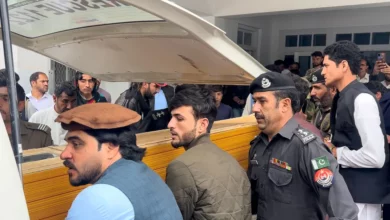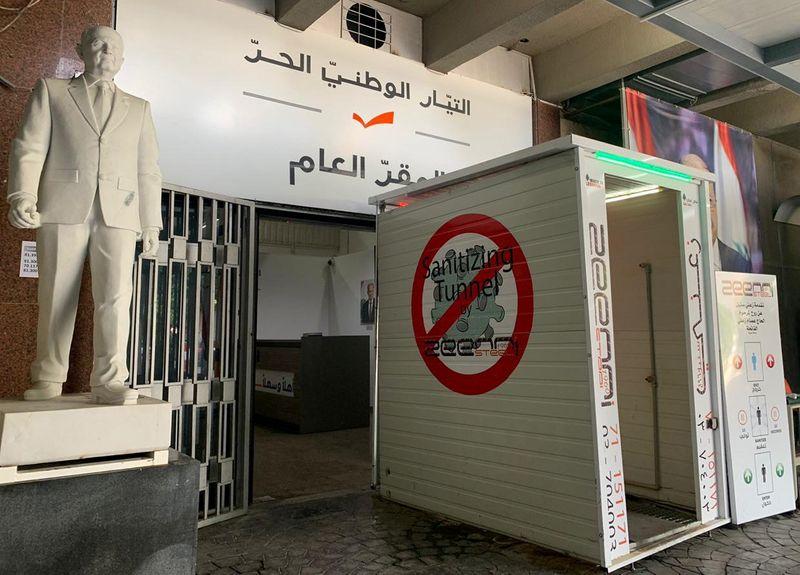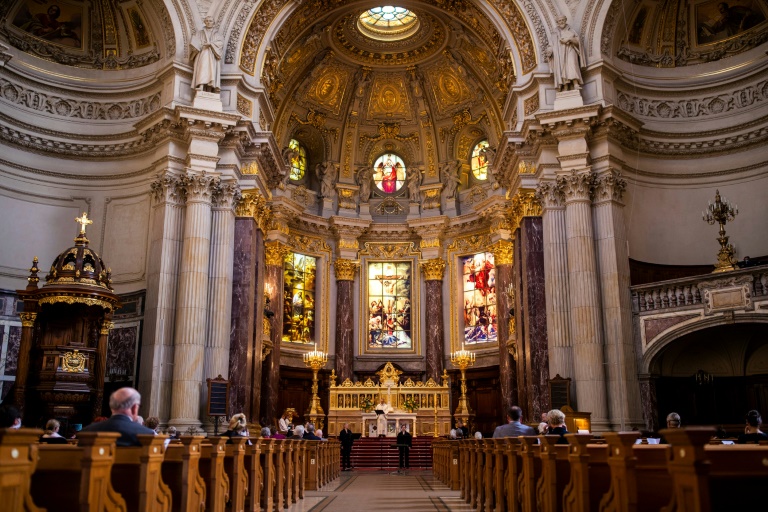One year ago, nearly 30 Egyptians, almost all Coptic Christians protesting against sectarian violence, were murdered as they marched at Maspero, the Egyptian Radio and Television Union building in downtown Cairo.
The events of that day are seared into my memory despite the fact that I was thousands of miles away at the time — not least, the images of devastation and desolation that were photographed and videotaped at the Coptic Hospital as the victims of the violence sought medical aid. In my view as a historian of modern Egypt, there are few traumas that can compare to the trauma of 9–10 October 2011.
For me, Maspero has joined Dinshaway and Bahr al-Baqar as sites of memory, the mere mention of which evokes a panoply of images in the mind’s eye.
The pace of events in Egypt is now so great that the revolution often strikes me as having taken place ages ago, rather than a mere 20 months ago. For whatever reason, though, Maspero is an exception to this: Maspero seems like only yesterday.
Perhaps this is because of the vividness of the images of that day — images whose horror and desolation seem not to diminish with time. Or perhaps this is because of the peculiar futility that I associate with the massacre — the overwhelming sense that, despite the horrors that transpired, nothing that happened that day had a purpose.
I should emphasize immediately that this is not to say that the massacre is without meaning. The victims of the massacre are described by both Copts and Muslims as martyrs. Among Copts, this language of martyrdom has a particular resonance, rooted in a history of struggle as the practitioners of a minority faith in Egypt.
When I refer to the peculiar futility of Maspero, I am speaking, rather, of the persistent difficulty I have had understanding and explaining the events of 9–10 October 2011. There are those, for instance, who immediately took up the language of “pogroms” to account for the events.
In crudest form, this account of the massacre breezily invokes a purportedly primordial conflict between Copts and Muslims in Egypt, of which Maspero was only the latest instance. Less crudely put, this “pogrom” account suggests a divide-and-rule strategy on the part of the military authorities who then ruled Egypt — that is to say, anti-Christian violence was used as a means to divert attention away from threats to the rule of the Supreme Council of the Armed Forces.
My own view at the time was that neither of these accounts was persuasive — that the SCAF, above all, sought to send the message that protest was unacceptable. In this sense, Maspero fit into an existing pattern of attacks on freedom of speech and assembly undertaken by the SCAF, of which the prior “virginity tests” and the subsequent Battle of Mohamed Mahmoud formed part.
Yet there was, and remains, the gnawing suspicion that even this explanation was not enough. As a close colleague and friend asked upon listening to my view, “But didn’t it matter that they were Copts?”
It did. It did matter that they were Copts. It mattered not in the sense that there is a primordial conflict between Copts and Muslims, nor in the sense that the massacre was of a cynical SCAF’s design.
It mattered in the sense that there exists in Egyptian public life what I would call a latent sectarianism, which denigrates the citizenship of Copts.
There is an important sense in which, during the past 40 years, the Copts and the Muslims of Egypt have become two solitudes — that is to say, two communities that share one space and yet fail to communicate in basic ways. To my mind, this trend is related above all to the decline of public spaces — both literal and figurative — in which this communication can take place. In the absence of such communication, a latent sectarianism has thrived.
Regrettably, the evidence for this latent sectarianism is not hard to come by, as Coptic families flee their homes to secure their lives and livelihoods, as Coptic teachers fend off blasphemy accusations from peers and students, and as Coptic children find themselves in police custody for playing with the wrong set of papers. And perhaps most disturbing of all is a Constituent Assembly that seems more concerned with the terms of exclusion from the Egyptian polity than inclusion.
There is a strange irony in the identification of Maspero with this sectarianism and the attendant depredation of Copts’ citizenship. The area of the Radio and Television Union building was named in honor of Gaston Maspero, a French Egyptologist who repeatedly served as the head of the Egyptian Antiquities Service in the late-19th and early-20th centuries.
But Gaston Maspero’s interests were not limited to ancient Egypt. Indeed, on 19 November 1908, he visited the Ramses Club in Cairo to deliver a lecture on the links between the ancient and modern inhabitants of Egypt.
The final words of the lecture are still worth pondering, a century later: “What is the conclusion? It is straightforward: There are not two Egypts, one Coptic and one Muslim, but only one Egypt. To be a Muslim or a Copt is a question of religion. In France, we too have citizens with different religious convictions, but whether Protestants or Catholics, they are all French. A bit of tolerance, a bit of goodwill here and there, and among you, Muslims and Copts will soon recognize that they are one people.”
For all of his colonial condescension, Maspero had a point — one that eluded the perpetrators of the massacre that now, lamentably, bears his name.
Paul Sedra is an associate professor of history at Simon Fraser University in British Columbia, Canada.




